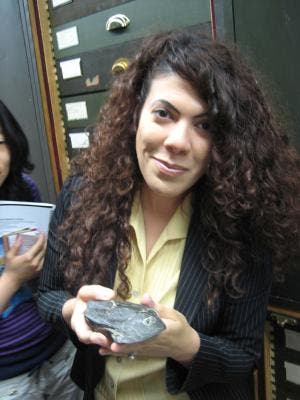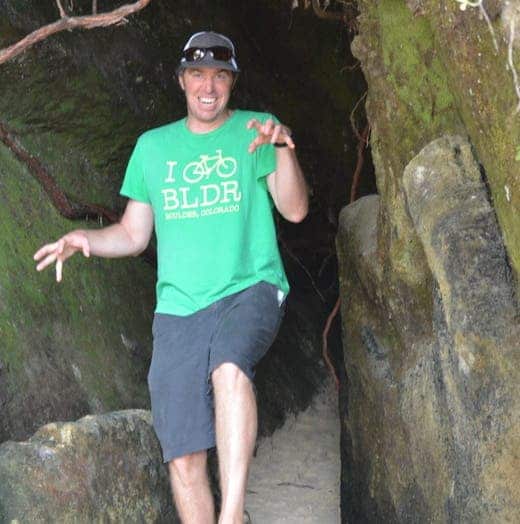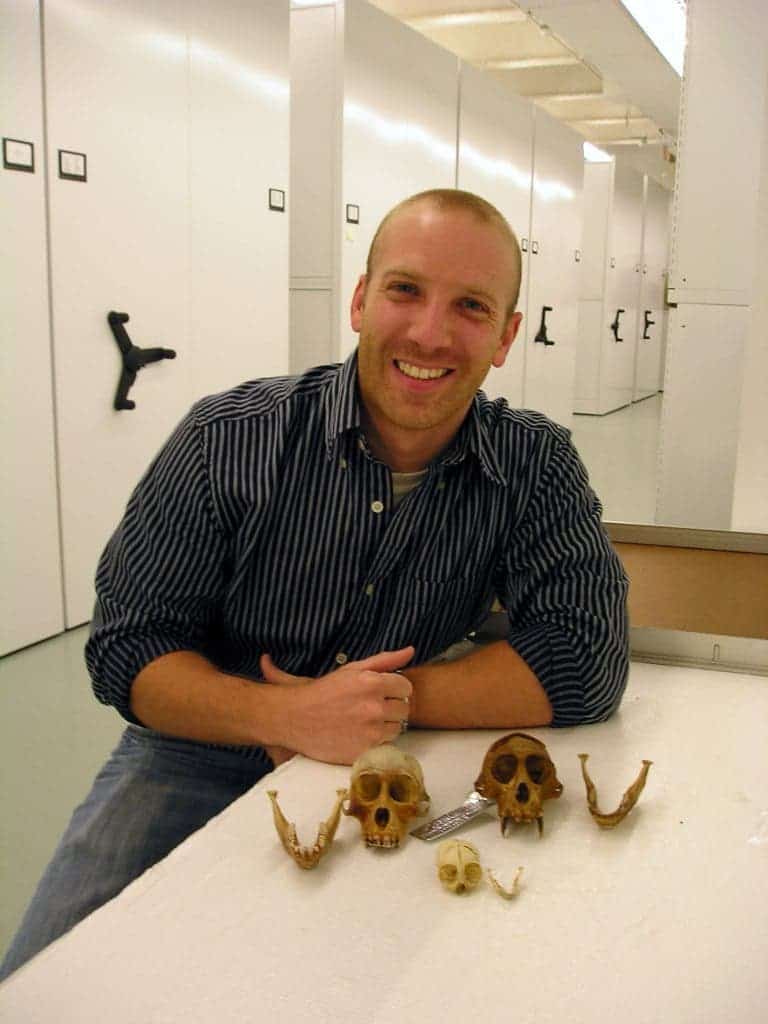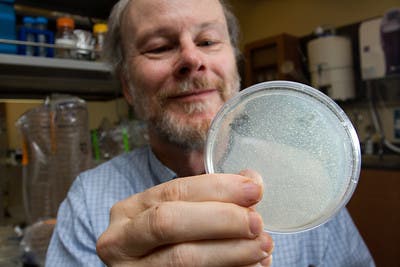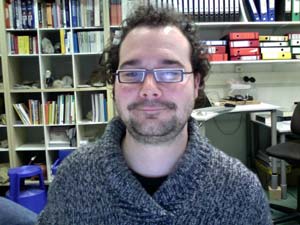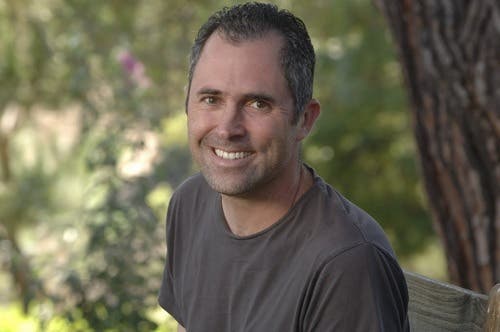It’s been a while, but we’re back with one of our favorite features – This Week in Science! If you’ve not been here for the previous editions, we’ll discuss not only the most interesting studies of the past week, but also the people behind them – the men and women pushing forth the boundaries of science.
The Iron Snail lives on volcanic vents, two miles under the sea, all thanks to its spectacular armor
Article
Featured Researcher: Christine Ortiz
Affiliation: MIT
Research Interests: The focus of the Ortiz research laboratory is on structural or load-bearing biological and bio-inspired materials, in particular musculoskeletal (internal to the body) and exoskeletal (external to the body) tissues. A powerpoint summary can be found here.
How many germs you can find in your home: about 9,000 different species
Article
Featured Researcher: Noah Fierer
Affiliation: University of Colorado Boulder
Research Interests: The Fierer Lab explores the distribution and roles of microscopic organisms in diverse environments and the relevance of microbes to the health and function of ecosystems, plants, and animals (including humans).
Extremely rare nautilus spotted after three decades
Article
Featured Researcher: Peter Ward
Affiliation: University of Washington
Research Interests: Ward specializes in the Cretaceous–Paleogene extinction event, the Permian–Triassic extinction event, and mass extinctions generally. He has published books on biodiversity and the fossil record.
Earliest baboon found in a cave littered with hominid fossils
Article
Featured Researcher: Christopher Gilbert
Affiliation: Hunter College, New York
Research Interests: His main interests are neogene primate evolution and biogeography in Africa and Asia, the history and phylogenetic systematics of the cercopithecoids and their relationship to hominins.
Bacterial infections turns amoebae into the world’s tiniest farmers
Article
Featured Researcher: David Queller
Affiliation: Washington University in St. Louis
Research Interests: He is interested in how cooperation and altruism evolve, with questions ranging from the genetic and molecular details of cooperation in social amoebas up to the nature of organisms. Future directions may include the evolution of multicellularity and genomic imprinting in social insects.
Malformed plankton is a telltale sign of mass extinction
Article
Featured Researcher: Thijs Vandenbroucke
Affiliation: University of Gent
Research Interests: His PhD research focused on Upper Ordovician chitinozoans, organic-walled, bottle-shaped, marine microfossils (50-1000µm), easily enough recovered from Ordovician, Silurian and Devonian deposits. Now, he uses the distribution patterns and geochemistry of planktonic chitinozoans and graptolites to ground-truth Ordovician climate model (GCM) predictions of ocean state, and figure out what these patterns can tells us about the triggers of the end Ordovician (Hirnantian) glaciation.
Most psychology studies can’t be replicated – and this is a huge problem
Article
Featured Researcher: Brian Nosek
Affiliation: Center for Open Science, University of Virginia
Research Interests: At the most general level, his interests concern the unconscious and how it interacts with judgment, behavior, and conscious thought. More specifically, he is pursuing a program of research in implicit social cognition looking at the structure and function of attitudes, beliefs, and identity.
Scientists reprogram cancer cells back to normal
Article
Featured Researcher: Panos Anastasiadis
Affiliation: Mayo Clinic
Research Interests: Dr. Anastasiadis’ research goal is to translate a better understanding of cell motility and invasiveness into targeted therapeutic treatments that block invasiveness and metastasis in cancer patients.
